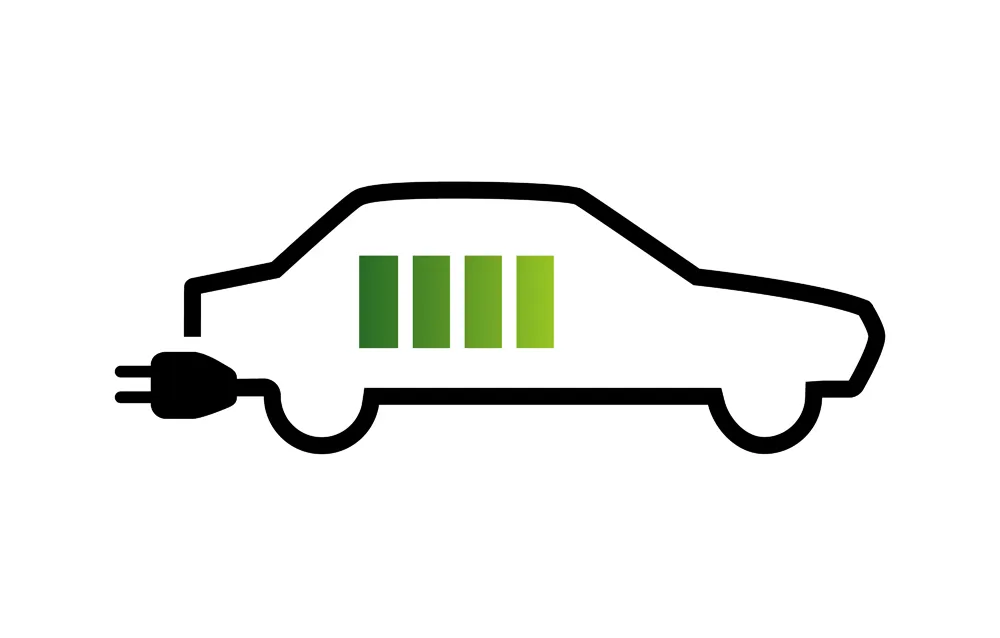
Recently, there have been growing conversations around the movement towards electric vehicles (EVs). From the UK calling for a ban on petrol- and diesel-powered cars starting in 2030 to major automotive brands such as General Motors announcing a greater spend on EVs, more attention is being paid to the market than ever before.
On a global scale, the International Energy Agency (IEA) estimated that electric car sales account for 3% of global car sales in 2020 and charging infrastructure will continue to expand. However, more needs to be done to overcome adoption hurdles.
Often, the main barrier to widespread EV adoption is range anxiety.
The average EV range actually increases by around 15% each model year and the infrastructure for physical charging points is constantly expanding. Therefore, the real barrier is psychological, and resolving this will be key in making the transition to EVs.
Range anxiety can also help explain why the demand for EVs is still very much driven by a ‘push’ from government and manufacturer incentives, rather than ‘pull’ from customer demand.
Positive awareness
Raising positive awareness and helping drivers understand the actual driving range will be key to changing the perception of driving EVs. Drivers need to be made aware that 95% of day-to-day drives are well within an EV’s range – a short commute, trip to the shops, or seeing friends or relatives. For most people, journeys beyond an EV’s range are only made once or twice a year – on annual holidays or seasonal trips.
But widespread charging stations are still essential. Ubiquitous access helps EV adoption. The Netherlands, one of the best countries in Europe in which to drive an EV, has recognised this. It’s a relatively small country, yet the government is stimulating the infrastructure network and installing numerous EV charging points. It also helps EV owners directly by installing charging points close to an EV owners’ home, upon request, if there’s not one already nearby.
Drivers also need to understand what factors play a role in an EV’s achievable driving range on a single charge, e.g. elevation, weather, traffic and speed. When planning a route, it is therefore vital for drivers to know the driving conditions on the day and take into account how they themselves drive when behind the wheel. Having a heavy accelerator foot will have a large effect on an EV’s effective range.
Best preparation
Ensuring the driver is provided with accurate information to help them calculate the optimal route to reach any destination, within or beyond a vehicle’s range, will be key to reducing the psychological obstacle of range anxiety.
Having in-dash navigation systems with connected services technology provides the best user experience. It tells the drivers if their favourite destinations can be reached without having to recharge and shows the charging options available to them – incorporating compatibility with their vehicles and real-time availability (i.e. which charging points are currently available).
Advanced road knowledge is just as important for car manufacturers as it is for drivers. With this knowledge, an EV can anticipate and optimise its energy management. For instance, it can pre-condition the battery to increase charging speed if the driver is heading to a fast-charge station. A hybrid vehicle can also drain the battery going uphill if it knows it can recuperate charge going downhill on the other side.
More control
Ultimately, allowing drivers to have more control by being able to anticipate what is coming up on the road will increase trust in EV functionality and range. With better route planning and taking into account external factors, drivers can make well-informed decisions about the journey, reducing the chance of running out of battery. They will then gain trust in their vehicles.
Real-time maps showing the key attributes of the road ahead, including speed limits, gradient, traffic jams or diversions, add to the reassurance that the car can handle the range. Equipped with the right technology in place, drivers can rest assured that they have the most up-to-date information and data that they need to enjoy the excitement (and tranquility) that electric vehicles bring. Now, all we need to do is to look forward to a much-anticipated EV transition.
ABOUT THE AUTHOR:
Robin van den Berg is in product marketing automotive at TomTom










